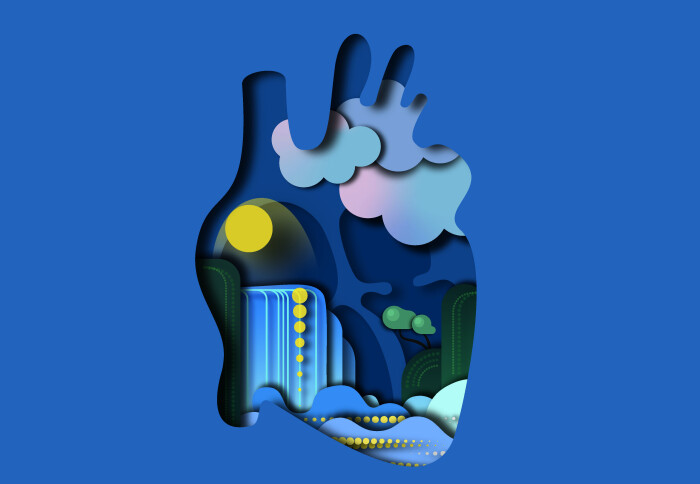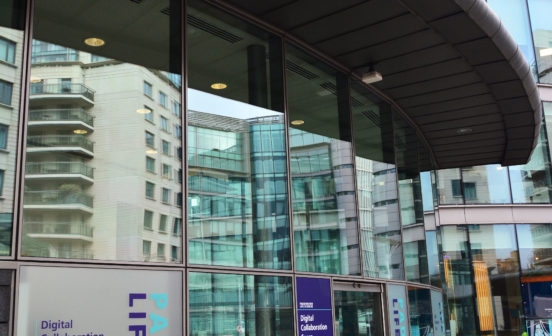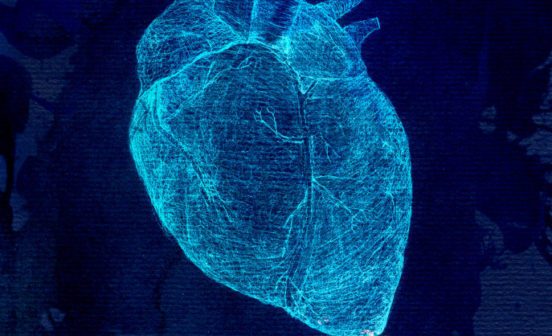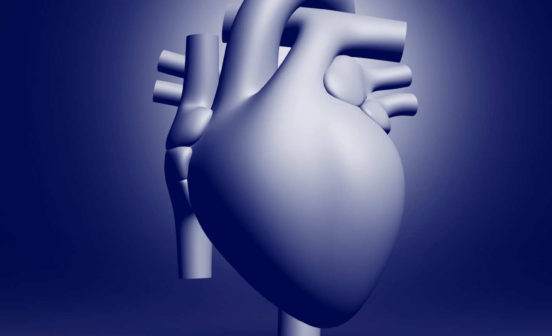DeviceDiagnostic Digital heart modelling project could open up the path of virtual patient monitoring

Researchers aim to build and evaluate replicas of patients’ hearts online. A team of interdisciplinary researchers will create and test the first ‘digital twin’ heart models for a group of chronically ill NHS patients, to find out if they provide better monitoring and ultimately better care.
The team working on the £8m CVD-Net project will design and build fully accurate virtual copies – ‘digital twins’ – of participants’ hearts from health data, including medical records, hospital scans and information from wearable and implanted monitors.
The NIHR Imperial Clinical Research Facility will coordinate the study for Imperial College Healthcare. The Engineering and Physical Sciences Research Council (EPSRC) is supporting the project with funding of £8m. Research at Imperial College Healthcare is also supported by funding from the NIHR Imperial BRC.
The project is led by Professor Steven Niederer at Imperial College London, working with the University of Sheffield, the University of Nottingham and the Alan Turing Institute The interdisciplinary team of engineers, clinicians, computational statisticians and research engineers will collaborate to access the necessary data, build the digital infrastructure and work closely with patients, doctors and stakeholders to evaluate its usability and accuracy.
Over time, these will be updated continuously by real-time data from either patient-implanted or wearable medical devices. The research team hope the digital twin hearts will allow them to accurately track changes to each patient’s disease progression and responses to treatment, as well as enable personalised predictions.
The patients all have pulmonary arterial hypertension (PAH), a life-threatening cardiovascular disease which causes severe breathlessness, heart failure and recurrent hospitalisation. Participants in the study will come from specialist PAH centres including Imperial College Healthcare NHS Trust and Sheffield Teaching Hospitals.
The digital twin is a concept from engineering and manufacturing, where a real-time virtual counterpart of a physical entity, such as a jet engine or process, is used for monitoring and improvements. Because there is a two-way data interaction between the real entity and the virtual replica, the digital twin accurately reflects changes over time. In medicine, a digital twin can be a copy of a real patient, an organ, or a biological process, but as yet the technology isn’t widely used.
Professor Steven Niederer, Chair in Biomedical Engineering at the National Heart and Lung Institute at Imperial College London, and Co-Director of Digital Twins at the Alan Turing Institute, says: “We want to use this technology to better forecast when patients are likely to feel better or worse, or likely to have a health problem, or when their medication is working and when it isn’t. We hope it will allow us to be more receptive and responsive while also reassuring this critically ill group of patients.”
He added: “We believe this is the first time scientists are investigating and trialling the use of digital twin technology for the NHS for a real patient group, at a reasonable scale, and evaluating whether it will provide better care.”
Ultimately the project will also assess whether the use of digital twin heart models in NHS patient care pathways is feasible, scalable and affordable.





